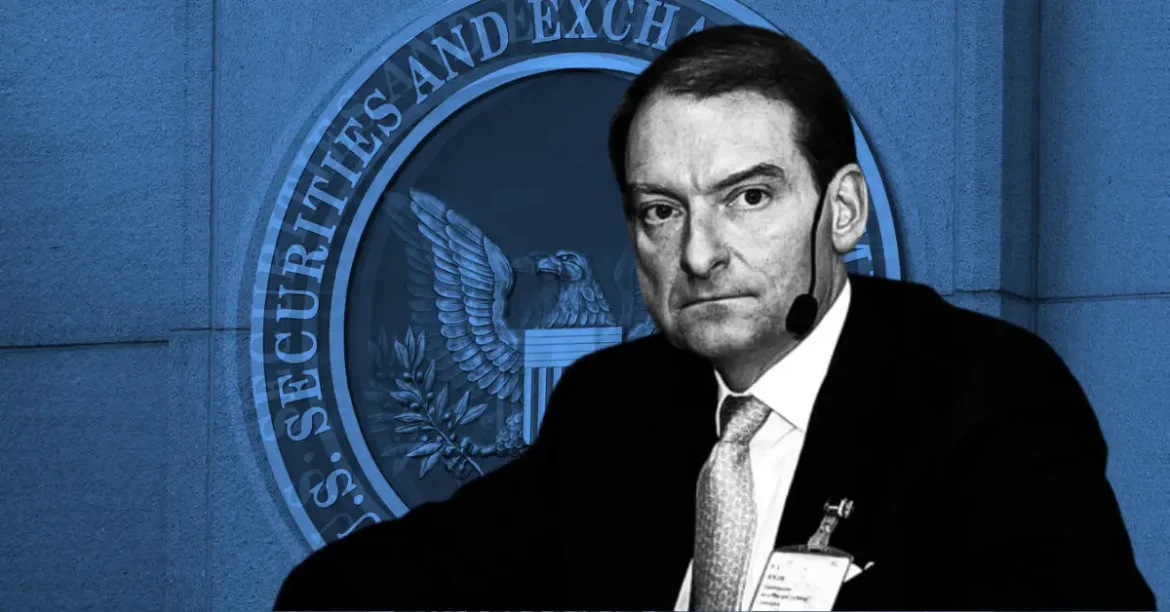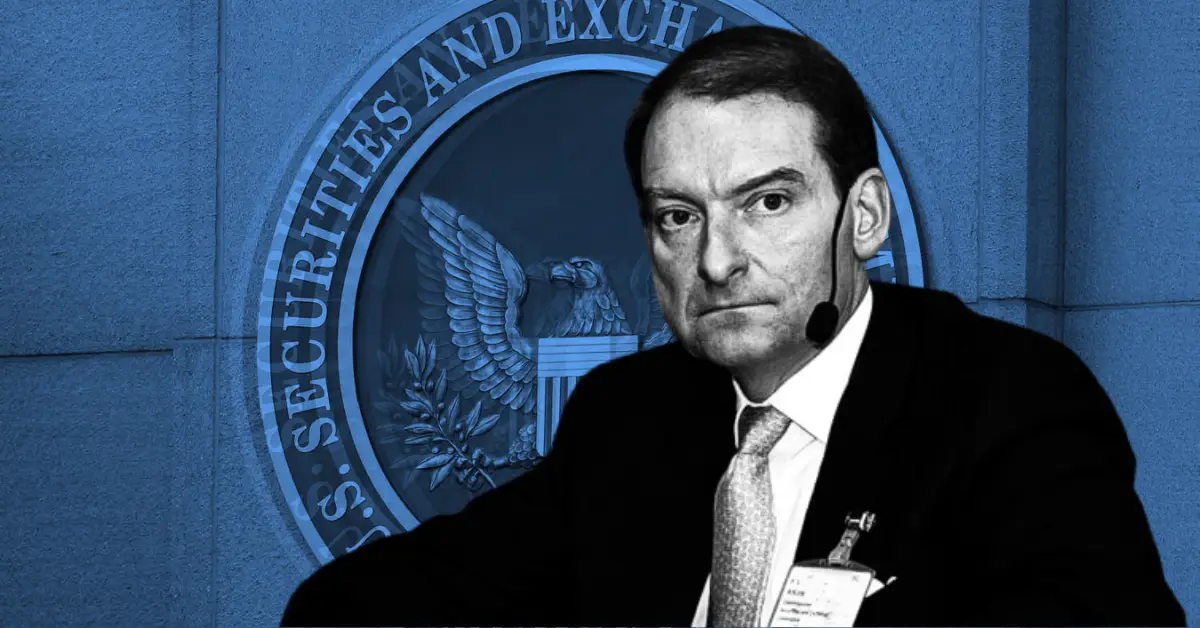Navigating a New Era: SEC Chair Paul Atkins’ Vision for Crypto Regulation
The landscape of cryptocurrency regulation in the United States is undergoing a transformational shift under the leadership of Paul Atkins, Chair of the Securities and Exchange Commission (SEC). His recent series of remarks, including keynote addresses at multiple SEC Crypto Task Force roundtables, outlines a determined effort to craft a clear and balanced regulatory framework for digital assets. The emerging narrative centers on investor protection, market integrity, innovation cultivation, and deference to foundational American principles such as self-custody.
A Clear Regulatory Framework: Foundation for Innovation and Protection
Paul Atkins has repeatedly emphasized the pressing need for “clear rules of the road” within the crypto industry. His vision entails replacing the ambiguous and often punitive regulatory environment under previous SEC leadership with rational, transparent standards that align with both investor protection and technological innovation.
Atkins’ speeches underscore that developing a comprehensive framework is a priority. This framework aims to address critical crypto market components: issuance, custody, and trading. The intention is not to stifle innovation but to establish legal clarity and predictable compliance landscapes, fostering confidence in crypto assets as legitimate financial instruments.
Empowering Self-Custody: Reviving an American Value in Digital Finance
One of Atkins’ noteworthy stances is an explicit endorsement of self-custody—the ability of investors to hold and control their crypto assets independently without intermediaries. He articulated that self-custody is a “foundational American value” and cautioned against regulatory approaches that could erode this right, particularly in an era increasingly dominated by digital asset custodians.
This position marks a distinct shift from prior regulatory perspectives that favored centralized custody models for perceived security benefits. By advocating for flexible frameworks that accommodate self-custody, Atkins signals recognition of evolving user preferences and technological realities within blockchain ecosystems.
A Three-Pronged Regulatory Focus: Issuance, Custody, and Trading
Atkins’ commentary breaks down his regulatory agenda into three main pillars:
This comprehensive approach reflects an attempt to reconcile long-standing securities law principles with the unique characteristics of blockchain-based assets and markets.
Collaborative Dialogue: The Crypto Task Force Roundtables
The SEC’s Crypto Task Force roundtables have played a significant role in shaping Atkins’ policy messages. These forums bring together regulators, industry stakeholders, and experts to discuss crucial topics such as decentralized finance (DeFi), tokenization, custody issues, and trading practices.
Atkins’ remarks during these roundtables reveal a willingness to engage in dialogue rather than unilateral enforcement actions. This contrasts with the “shoot-first-and-ask-questions-later” approach attributed to previous SEC leadership. By fostering transparent discussions, the commission aims to craft nuanced regulations responsive to sector developments and stakeholder concerns.
Balancing Innovation and Investor Protection in a Dynamic Market
While Atkins signals a more crypto-friendly regulatory tone, investor protection remains central. He committed to ensuring that any regulatory changes maintain safeguards against fraud, manipulation, and other risks endemic to the fast-evolving digital asset arena.
The SEC under Atkins appears poised to return to a focus on “basics” in enforcement—targeting clear violations while encouraging compliance through guidance and clear rules. This approach may reduce enforcement uncertainty, provide market participants with clearer expectations, and thus encourage healthier market growth.
Implications of Atkins’ Crypto Leadership for the U.S. Market
Paul Atkins’ leadership brings a recalibrated vision for U.S. cryptocurrency regulation with several key implications:
– Regulatory Certainty: The proposed clear frameworks will likely enhance legal and operational clarity for crypto firms, investors, and service providers, encouraging growth and innovation.
– Global Competitiveness: Atkins’ expressed commitment to making the U.S. the “crypto capital of the planet” signals a strategic objective to lead globally in digital asset development through balanced regulation.
– Market Participant Flexibility: Supporting self-custody and multiple custody options acknowledges diverse market structures and user preferences, promoting inclusivity in crypto finance.
– Collaborative Regulation: The emphasis on open dialogue and roundtables could set new standards for cooperative policymaking between regulators and industry.
Conclusion: Charting a New Course for Crypto with Pragmatism and Principle
Paul Atkins’ stewardship of the SEC heralds what many view as a “new day” for crypto regulation—replacing harsh enforcement-driven regimes with measured, transparent, and innovation-sensitive approaches. By focusing on clear regulatory frameworks, respecting fundamental investor rights like self-custody, and prioritizing constructive dialogue, Atkins aims to reconcile the promise of decentralized finance with the realities of investor protection.
This evolving regulatory philosophy could make the United States not just a regulatory hub but a thriving center for digital asset innovation and fair market practices. The stakes are high, but under Atkins’ guidance, the SEC is signaling readiness to foster a crypto ecosystem where American values and modern finance coexist in dynamic harmony.





